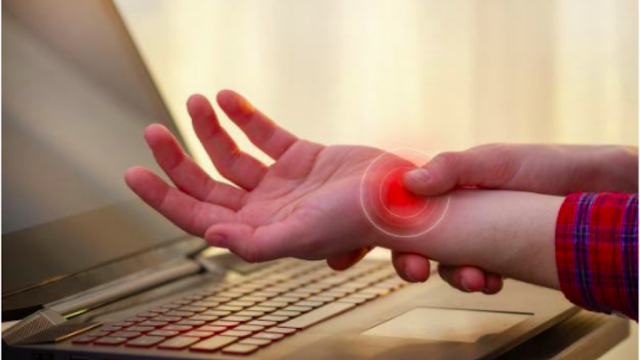Heel Pain: Know About Its Causes and Treatment
Each mile you walk puts huge loads of stress on each foot. Your feet can deal with these loads easily, yet an excess of stress pushes them over their capacities to handle stress. At the point when you pound your feet on hard surfaces playing sports or wear shoes that aggravate touchy tissues, you may foster impact point pain, the most widely recognized issue influencing the foot and lower leg.
A sensitive heel will normally improve all alone without a medical procedure on the off chance that you give it enough rest. Nonetheless, numerous individuals attempt to disregard the early indications of heel pain and continue doing the exercises that caused it. At the point when you keep on utilizing an irritating heel, it will just deteriorate and could turn into a constant condition prompting more issues. A surgical procedure is seldom important.
Diagnosis:
Heel pain can have numerous causes. On the off chance that your heel harms, see your PCP immediately to decide why and get treatment. Advise the person in the question precisely where you have pain and how long you've had it.
Your PCP will inspect your heel, looking and feeling for indications of delicacy and swelling. You might be approached to walk, remain on one foot, or do other actual tests that help your PCP pinpoint the reason for your sensitive impact point.
Treatment:
Conditions that cause heel pain for the most part fall into two primary classifications: pain underneath the heel and behind the heel.
Pain Underneath the Heel:
On the off chance that it harms under your impact point, you may have at least one conditions that kindle the tissues on the lower part of your foot:
Stone wound. At the point when you step on a hard item like a stone or stone, you can wound the fat cushion on the underside of your heel. It could possibly look stained. The pain disappears continuously with rest.
Plantar fasciitis (subcalcaneal pain). Doing a lot of running or bouncing can aggravate the tissue band (belt) associating the heel issue that remains to be worked out the base of the toes. The pain is focused under your heel and might be gentle from the outset however erupts when you make your first strides subsequent to resting for the time being. You may have to do extraordinary activities, take medicine to lessen swelling, and wear a heel cushion in your shoe.
Heel prod. When plantar fasciitis proceeds for quite a while, a heel spike (calcium store) may frame where the sash tissue band associates with your heel bone. Your PCP may take an X-ray to see the hard distension, which can fluctuate in size. Treatment is normally equivalent to for plantar fasciitis: rest until the pain dies down, do unique extending activities and wear heel cushion shoe embeds.
Pain Behind the Heel:
On the off chance that you have pain behind your heel, you may have aroused the region where the Achilles ligament embeds into the heel bone (retrocalcaneal bursitis). Individuals regularly get this by running excessively or wearing shoes that rub or cut into the rear of the heel. Agony behind the heel may construct gradually over the long run, making the skin thicken, get red, and swell. You may foster a knock on the rear of your heel that feels delicate and warm to the touch. The pain erupts when you initially start a movement in the wake of resting. It regularly harms an excessive amount to wear ordinary shoes. You may require an X-ray to check whether you likewise have a bone spike.
Treatment incorporates resting from the exercises that caused the issue, doing certain extending works out, utilizing pain prescription, and wearing open-back shoes.
Your primary care physician may need you to utilize a 3/8" or 1/2" heel embed.
Stretch your Achilles ligament by inclining forward against a divider with your foot level on the floor and impact point raised with the supplement.
Utilize nonsteroidal calming drugs for pain and swelling.
Consider putting ice on the rear of the heel to decrease irritation.


Comments
Post a Comment